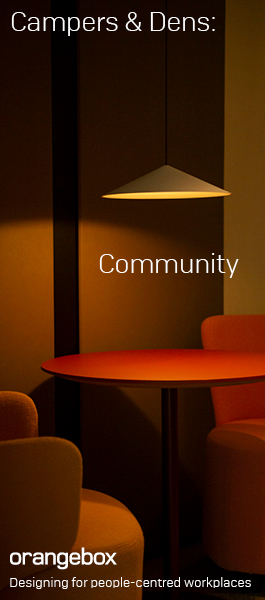May 27, 2016
Gallery: World’s first 3D printed office opens in Dubai 0
 The Government of Dubai has announced the opening of what it claims is the world’s first 3D printed office building, a project it first unveiled last Summer. China may take issue with them on that claim but the announcement marks yet another step in the development of the construction process towards mainstream use. The Emirate is using the 250 sq. m. Museum of the Future building as an example of how the UAE can lead the world in 3D building technology. A 3D printer took 17 days to print the building using a modified cement material in layers. The total cost of the print was US$140,000 excluding interior fit-out and furnishing. The developers also claim that there was a 50 percent saving on labour costs as the project only involved 18 people on site, mostly electricians and engineers. The design claims to achieve ‘a shift from the traditional form of work environments and provide greater opportunities to stimulate innovation and communication between workplace teams.’
The Government of Dubai has announced the opening of what it claims is the world’s first 3D printed office building, a project it first unveiled last Summer. China may take issue with them on that claim but the announcement marks yet another step in the development of the construction process towards mainstream use. The Emirate is using the 250 sq. m. Museum of the Future building as an example of how the UAE can lead the world in 3D building technology. A 3D printer took 17 days to print the building using a modified cement material in layers. The total cost of the print was US$140,000 excluding interior fit-out and furnishing. The developers also claim that there was a 50 percent saving on labour costs as the project only involved 18 people on site, mostly electricians and engineers. The design claims to achieve ‘a shift from the traditional form of work environments and provide greater opportunities to stimulate innovation and communication between workplace teams.’


































May 17, 2016
London’s central office market peak driving change for other zones 0
by Tobi Crosbie • Cities, Comment, Facilities management, Property
There are plenty of good reasons to believe that London’s Central office market has hit its peak. Rents are at an all-time high in the majority of core office locations and whilst the start of 2016 has seen rents rise, there is certainly a clear steadying of the pace. According to our own data, the Landlord’s quoted rents for offices across the entire Central London market. Core offices such as Mayfair and St James’s have reached levels of £150 per square foot (pfs) in Q1 2016 compared with £120 per square foot in Q1 2015 a rise of 25 percent in 12 months. That does sound excessive, until this is compared with the rises seen East of the city in so called ‘fringe markets’ of Clerkenwell, Old Street and Shoreditch. Here the rents have become eye watering. In Q1 2015, the prime quoting rent in Shoreditch had reached £55 psf. In Q1 2016, this number had reached £75 psf highlighting an increase in 12 months of over 35 percent.
(more…)